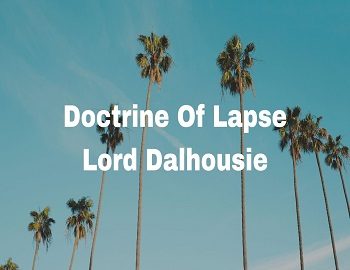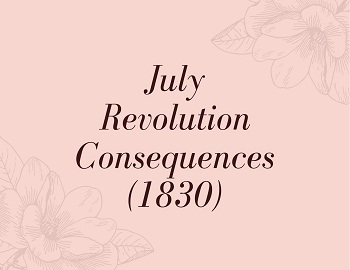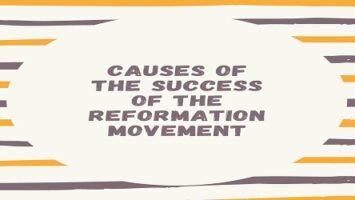Doctrine Of Lapse:
In 1848, Lord Dalhousie arrived in India as the Governor-General. He followed a policy of expansion with great vigour. As a result, the British Indian empire reached its greatest extent within a short span of time. The British writers of the late eighteenth and nineteenth centuries had been extremely harsh on the native rulers, such rulers were dubbed as symbols of cruelty and misgovernment. Dalhousie too echoed this voice and pretended that it was necessary to rescue India from this political chaos. Behind this, apparently liberal garb was the ugly face of imperialism. The British Industrial Revolution was in full swing. The British bourgeoisie wished to enlarge the market for industrial finished products in India. Dalhousie lent them a helping hand by bringing the native states under British rule. By doing this he wanted to ensure the entry of British products into the markets of those states.
Lord Dalhousie developed the policy of Doctrine of Lapse to implement his scheme. This doctrine meant that in the absence of natural heirs, the sovereignty of the dependent state or states created by the British were to lapse to the Company or the paramount power. It also laid down that succession of an adopted son could only be valid if ratified by the British Government. Dalhousie did not invent this particular policy of annexation. As early as 1834 the Court of Directors had enunciated this principle. Before Dalhousie, the Doctrine of Lapse had been applied to Mandavi in 1839, to Kolaba and Jalaun in 1840 and Surat in 1842. Dalhousie applied this doctrine vigorously without caring for either the religious sentiments of the Hindus or the rules of law.
The Maratha Kingdom of Satara was the first prey to the Doctrine of Lapse in 1848. Appa Sahib, the king of Satara, died without a natural heir in 1848. Just before death he had adopted a child but did not seek permission from the Company. Lord Dalhousie considered this adoption invalid and the State, therefore, lapsed to the company. Jaitpur and Sambalpur were the next victims (1849), Baghat (1850), Udaipur (1852), Jhansi (1853), and Nagpur (1854) also became the victim of the doctrine of lapse. Jhansi among them became most famous. After the death of Raja Gangadhar Rao, his widow Rani Laxmi Bai fought for the right of her adopted son. When she failed to get her right despite repeated attempt, she rebelled against the British in 1857. The annexations of Baghat and Udaipur were afterwards reversed by Lord Canning. The proposal to annex the little Rajput state of Karauli was disallowed by the home government on the ground that it was a “protected ally and not dependent”.
The doctrine of lapse became an important reason for unrest against the British, especially in the states which became its victim. This was clear in 1857 when the people, soldiers and displaced rulers of those states joined hands together against the British. During the Viceroyalty of Lord Canning, when Crown’s rule was established, the adoption was legalised.
- Buddhism
- Teachings Or Doctrines Of Buddhism
- Jainism
- Teachings Or Doctrines Of Jainism
- Mauryan Empire
- Social Condition Of Mauryan India
- Causes For The Decline Of The Mauryan Empire
- From Janapadas to Empire– NIOS









Comments (No)